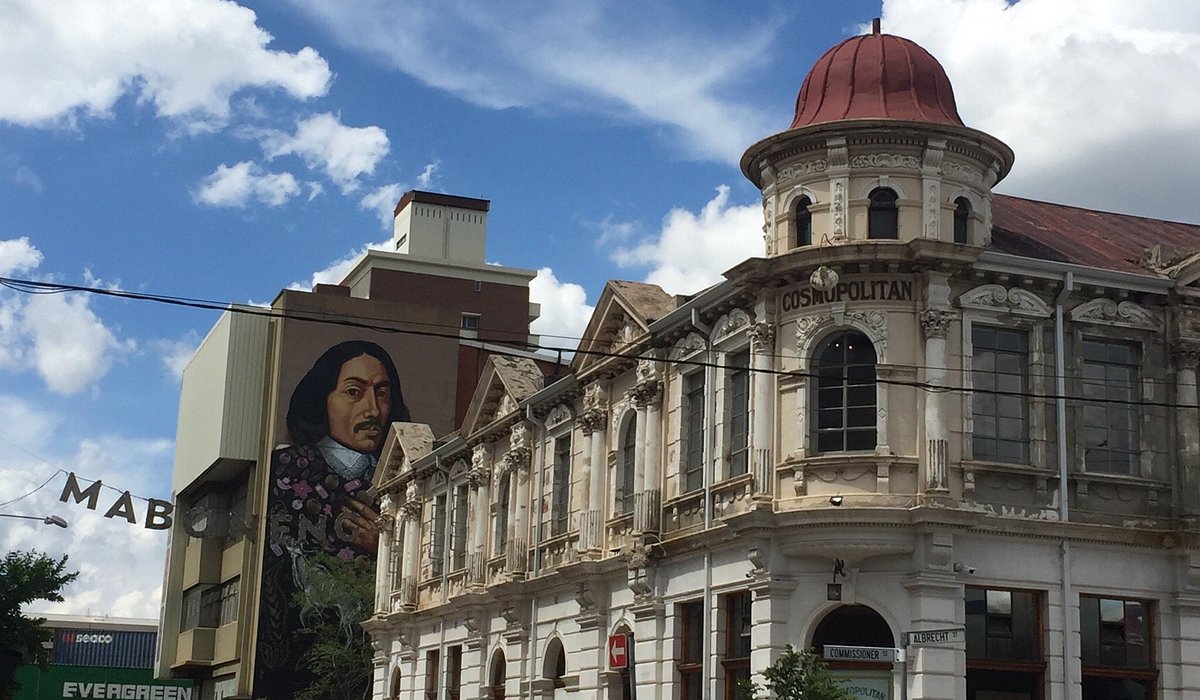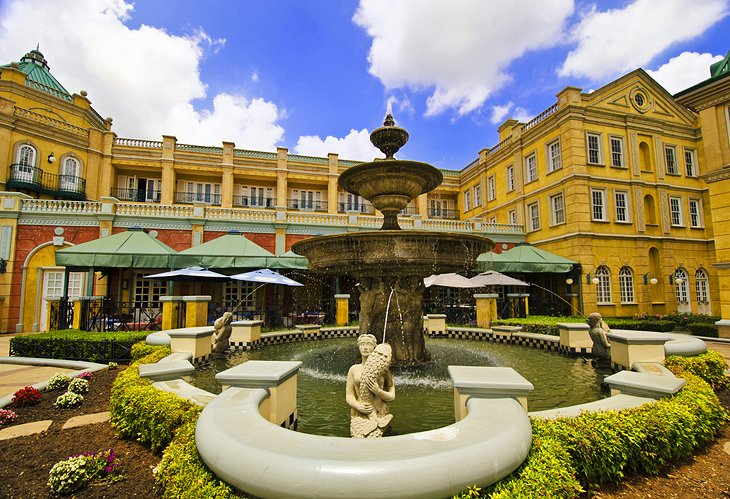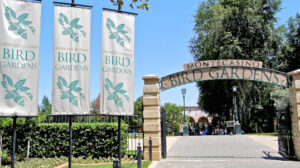Little Known Facts About Johannesburg North Attractions.
Little Known Facts About Johannesburg North Attractions.
Blog Article
The Basic Principles Of Johannesburg North Attractions
Table of ContentsThe Definitive Guide for Johannesburg North AttractionsExamine This Report on Johannesburg North AttractionsAn Unbiased View of Johannesburg North AttractionsThings about Johannesburg North AttractionsAll About Johannesburg North Attractions10 Easy Facts About Johannesburg North Attractions ShownA Biased View of Johannesburg North Attractions
You should maintain safety and security in mind and vacationers must continue to be alert at all times when in unknown surroundings. Talk to the locals when you are in community to find out concerning the area you are remaining in. Johannesburg North attractions. When on the road (this does not apply to shopping center and other secure settings) finest basic guidance is to attempt your finest to appear like a local and to prevent presenting any kind of wealth
About Johannesburg North Attractions
Teacher Revil Mason O. J. (Thomson, 1946) explored the Witwatersrand's pre-colonial background. His historical work took off the 'em pty land' myth, according to which the area was devoid of human habitation prior to the arrival of European inhabitants. In his publications Prehistory of the Transvaal: A Document of Human Task (1962) and Beginnings of Black Individuals of Johannesburg and the Southern Western Central Transvaal Advertisement 3501880 (1986 ), Teacher Mason demonstrated the level of social and economic development in the location before Europeans set foot right here.

Facts About Johannesburg North Attractions Revealed
He showed the government's approval, given after he had actually sworn to maintain his explorations secret. In 1874, small mining operations were begun in the Magaliesberg, where an Australian, Henry Lewis, had uncovered gold deposits. In 1878, David Wardrop discovered gold in quartz capillaries at Zwartkop, north of Krugersdorp. In 1881, Stephanus Minnaar stumbled upon gold on the farm Kromdraai, near the Cradle of Mankind.
In March 1886, an outcropping (soon to be called the Key Coral reef) was found, fairly fortuitously, on Gerhardus Oosthuizen's farm Langlaagte. Some state that the Lancastrian coal miner George Pedestrian uncovered this reef. One more travelling English miner, George Harrison (who had actually formerly operated in Australian mines) obtained a prospecting licence in respect of Langlaagte in May 1886.
He made a decision to relocate on in a pursuit for greener pastures, and disposed of his Langlaagte case for the baronial amount of 10. Alas: below lay the wealthiest goldfield ever before found. The discovery of this abundant auriferous coral reef prompted a gold thrill that signified the end of bucolic tranquillity in the southern Transvaal.
It would, within six years, become the largest town in southerly Africa. Within a decade, it would certainly make the Z. A. R. until then an anarchical and insolvent little state the most affluent country in Africa. By the turn of the century, the Z. A. R. was to surpass Russia, Australia and the United States of America to come to be the world's leading gold producer, producing greater than a quarter of the world's gold.
Top Guidelines Of Johannesburg North Attractions
It was called Ferreira's Camp, called after Colonel Ignatius Ferreira. He was a Boer traveler upon whom the British authorities had actually presented the standing of Friend of the Most Distinguished Order of St Michael and St George (qualifying him to the post-nominal letters C. M. G.) in thankfulness for his function in the war that had deposed the Pedi king Sekhukhune in 1879.
Two other camps were developed: Meyer's Camp on the farm Doornfontein, and Paarl Camp. The latter was nicknamed Afrikander Camp; many individuals from the Cape Colony settled there.

The Buzz on Johannesburg North Attractions
This name gained currency by word of mouth, such that the State Assistant attested the name to the Mining Commissioner on 9 October 1886. Stands in the town were auctioned on 8 December 1886. While some stands were sold for 10, others were knocked down for just sixpence.
Two years later, these erven were to change hands for as much as 750 each. The tented camps dwindled as a see page dorp of corrugated iron buildings developed and increased north of the mines located along the Key Coral Reef Road. Areas such as Jeppe's Community (where working-class immigrants erected their houses) and Doornfontein (where the upscale new 'Randlords' began to construct their luxurious homes) were quickly contributed to the ever-expanding map of the town.
Indicators on Johannesburg North Attractions You Need To Know
Apart from the road names, there were no indicators of Johannesburg being located in a Dutch-speaking nation., almost every person spoke English and even the Government servants attended to one in English, unless they were initial resolved in the Taal (or Reduced Dutch)'.
Because of this, Britain had a rate of interest in making sure optimal conditions for gold manufacturing on the Witwatersrand, and that the gold was exported to London as opposed to Berlin an important rendered all the a lot more clamant by the Z. A. R - Johannesburg North attractions.'s boosting toenadering with Germany. Mine owners were on a clash with Head of state Kruger, whose plan of monopolistic concessions (frequently granted to his cronies) protected against mining firms from procuring supplies of materials (particularly dynamite) and labour on their own, cheaper terms
Johannesburg North Attractions for Beginners
In 1890, the Volksraad had actually restricted the franchise business to white males who had actually lived in the Z. A. R. for fourteen years or longer, thus invalidating many of the immigrants (who took place to be the significant contributors to the fiscus). However, frustration for the ballot was a simple pretext for advertising a various program; a lot of uitlanders concerned themselves as short-lived visitors and had no intention of staying in the Z.
Report this page